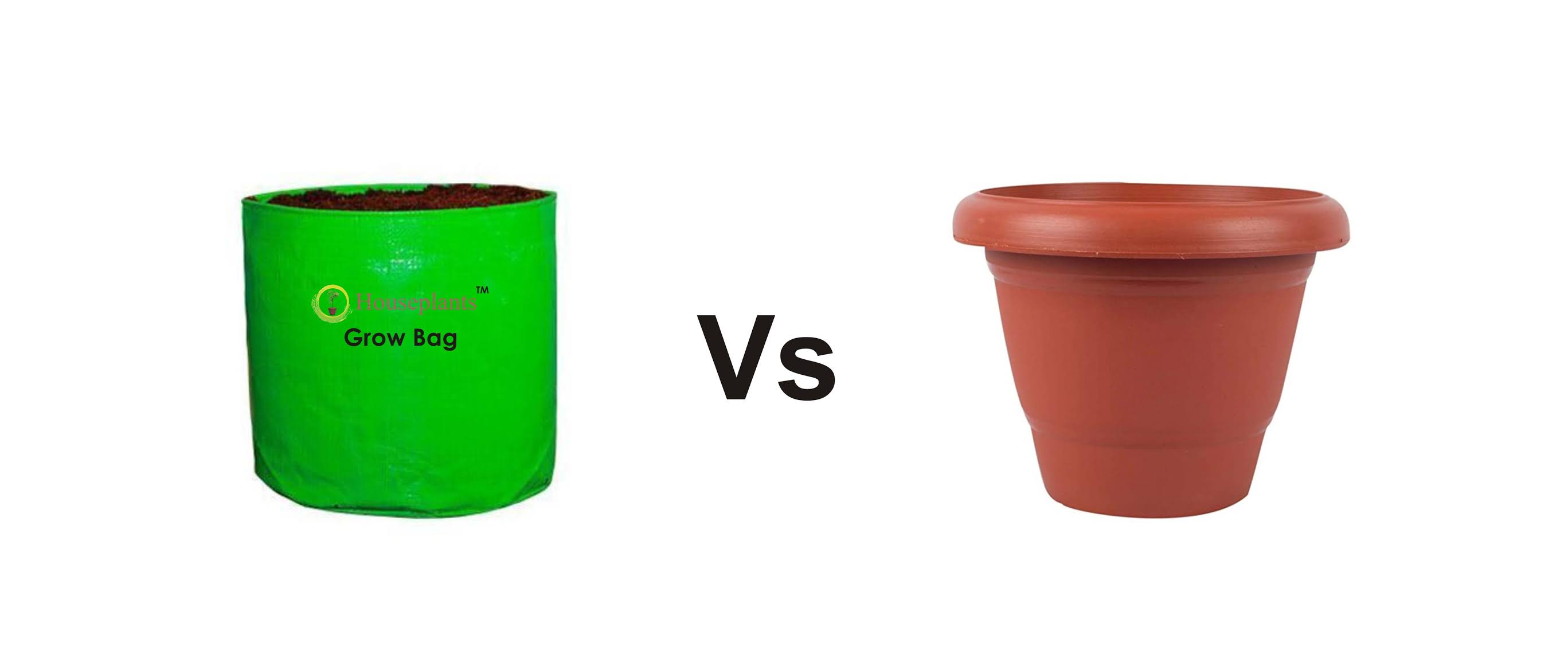 |
| Cocopeat |
Purchase Click here.. or Contact 8687369040
What is Cocopeat?
Cocopeat is made from the pith inside a coconut husk. It is naturally anti-fungal, making it an excellent choice to start seed but it is also used in rugs, ropes, brushes, and as stuffing. Cocopeat gardening is also used as a soil amendment, potting mix, and hydroponic production. In a comparison of coco peat vs. soil, the Cocopeat retains much more water and releases it slowly to plant roots.
Is coco peat better than soil?
Home gardening enthusiasts see cocopeat as a sustainable alternative to soil. Hydroponic plants grown in cocopeat grow fifty per cent faster than they would in soil. It also eliminates the need for fertilizers, herbicides and pesticides as peat itself carries ample nutrients.
Can you mix soil and Cocopeat?
Cocopeat, derived from the fibrous husks of coconuts and ground into fine fibres, is a great addition to soil or can also be used on its own to create a soil substitute. When creating a soil mix, you must monitor your soil to ensure you have the correct nutrients to optimize your plant's growth.
What are the benefits of Cocopeat?
- 100% Organic and a renewable resource.
- Uniform in Composition, odourless.
- Good drainage / Good aeration.
- High water holding capacity, great absorption.
- Promotes strong root growth.
- Affordable and High Quality.
What pH Should coco soil be?
Cocopeat retains water exceptionally well and at the same time, it provides proper drainage. Unlike traditional acidic peat moss with a pH of 3.8-4.0, a Cocopeat neutral pH of 5.5-6.8, makes it an ideal accompaniment to garden beds, containers, and greenhouses.
for more..
Contact:
Er. Shashank Gupta 8687369040
visit : www.houseplants.co.in
follow us: Facebook Instagram Youtube Twitter Pinterest Linkedin Tumblr WhatsApp








































































